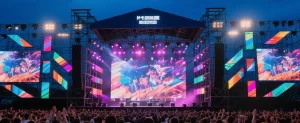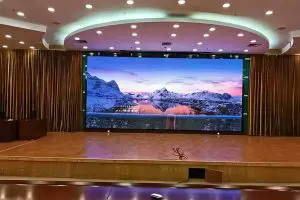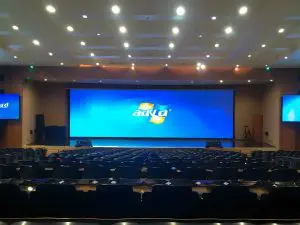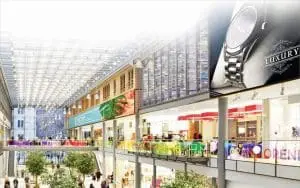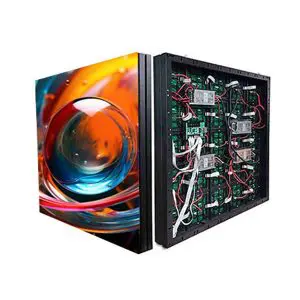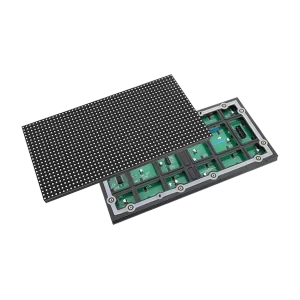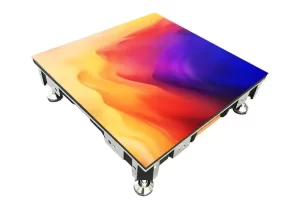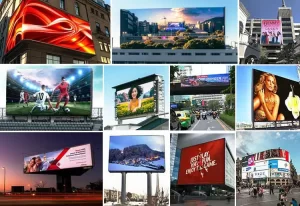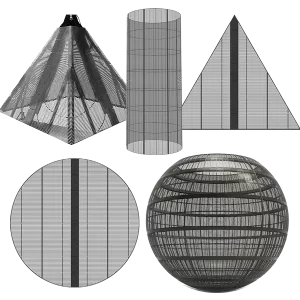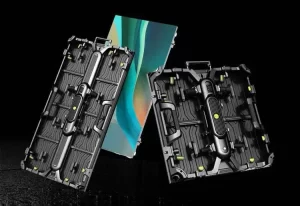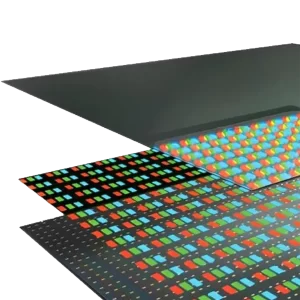In today’s fast-paced and visually driven world, advertisement display has transformed far beyond traditional billboards or print media. With the rapid advancement of LED technology, LED advertisement displays have become the new standard for impactful, dynamic, and high-resolution marketing. Whether you’re walking through a bustling city center, waiting in an airport terminal, or watching a sports match, LED advertisement displays are everywhere—capturing attention, delivering messages, and elevating brand presence.
This article will serve as a comprehensive guide to modern advertisement displays, focusing specifically on LED advertising screens—their types, applications, benefits, and how businesses can leverage them for maximum visibility and return on investment.
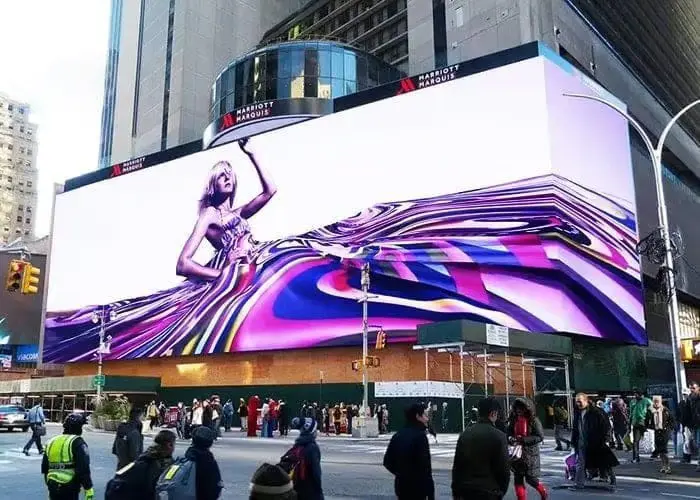
What is an Advertisement Display?
An advertisement display refers to a digital screen used for displaying promotional content, brand messages, or announcements. In the modern context, this term almost exclusively points to LED-based displays that offer superior brightness, vibrant colors, and the ability to show dynamic content such as animations and videos.
Unlike traditional static signs, LED advertisement displays can be updated remotely, support multimedia content, and provide long-term cost savings due to their durability and energy efficiency.
Types of LED Advertisement Displays
There are several types of LED advertisement displays, each tailored to specific environments and purposes. Choosing the right type depends on your installation location, viewing distance, and content requirements.
1 Outdoor LED Advertisement Displays
- High brightness (≥5000 nits) to combat sunlight
- Weatherproof and dust-resistant (IP65 or higher)
- Commonly used in:
- Highways
- Building façades
- Public squares
- Outdoor shopping malls
2 Indoor LED Advertisement Displays
- Lower brightness suitable for indoor lighting
- Sleeker, lightweight design
- Used in:
- Retail stores
- Airports and train stations
- Museums and exhibition halls
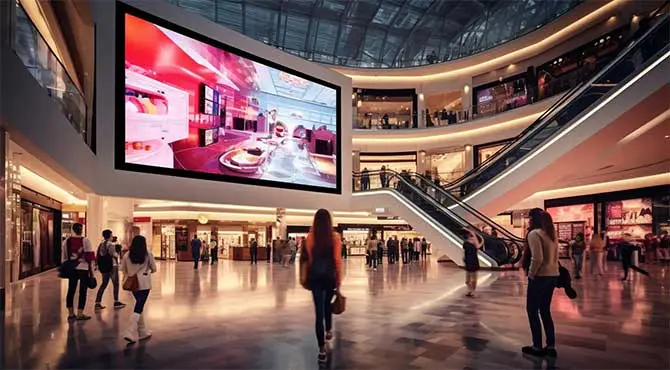
3 Fixed Installation vs. Rental Displays
- Fixed installation is suitable for long-term campaigns.
- Rental displays are modular and easy to assemble/disassemble, perfect for events, concerts, and exhibitions.
4 Pixel Pitch Categories
The pixel pitch (P1.25, P2.5, P4, P6, etc.) determines the resolution and viewing distance:
- P1.25 – P2.5: High-definition, best for short-distance viewing (indoors)
- P4 – P6: Mid-range resolution for outdoor or large indoor spaces
- P8 and above: Cost-effective for large-scale outdoor display
Advantages of LED Advertisement Displays
Why are businesses increasingly replacing traditional ads with LED screens? The advantages are numerous:
1 Superior Visual Impact
- Vivid colors and dynamic motion grab attention
- Can display text, video, and animations
- High refresh rates for flicker-free visuals
2 Remote and Flexible Content Control
- Update your advertisement anytime from anywhere
- Schedule content to play at specific times
- Tailor messages to different audiences or time slots
3 Long-Term Cost Efficiency
- Durable hardware with a lifespan of up to 100,000 hours
- Energy-efficient components reduce operational costs
- Eliminates repeated printing costs from static ads
4 Enhanced Engagement and Brand Recall
- Motion visuals are proven to increase memory retention
- Real-time updates allow for event-specific promotions
- Interactive options possible via touch or sensors
Applications of Advertisement Displays
LED advertisement displays have found their way into nearly every sector due to their adaptability and effectiveness.
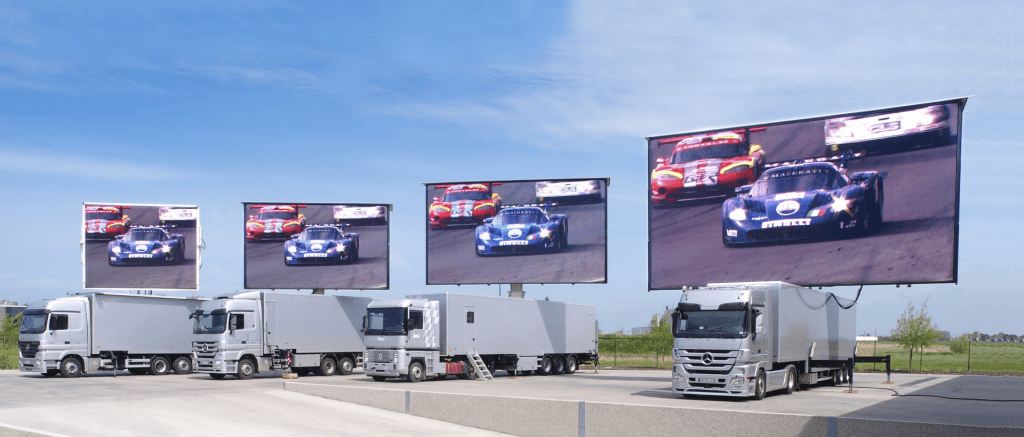
1 Urban and Highway Advertising
- Large-format LED billboards are common in cities
- Display traffic updates, PSAs, or commercial ads
2 Retail and Shopping Malls
- Attract foot traffic with sales promotions and new arrivals
- Window displays with LED screens enhance visual merchandising
3 Transportation Hubs
- Airports, subways, and train stations use LED displays for ads and real-time information
- Ideal for high-traffic environments
4 Sports and Entertainment Venues
- LED perimeter boards and scoreboards
- Real-time content like replays and sponsor ads
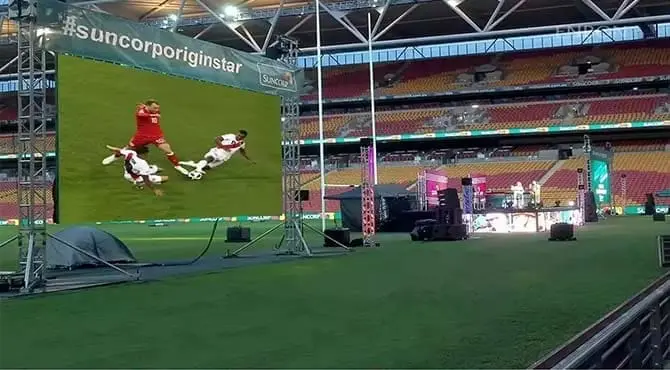
5 Events and Trade Shows
- LED rental displays make booths more attractive
- Dynamic displays help brands stand out in a crowded exhibition
How to Choose the Right Advertisement Display
Selecting the best LED display for your business depends on several technical and strategic factors:
1 Pixel Pitch and Viewing Distance
- The smaller the pitch, the better the resolution
- Choose based on how close the audience will be
2 Brightness and Environment
- Outdoor displays need high brightness (5000–8000 nits)
- Indoor displays can be around 1000–2000 nits
3 Display Size and Aspect Ratio
- Larger screens offer better impact but require structural support
- Match content resolution to screen aspect ratio
4 Control System and Software
- Opt for user-friendly control platforms
- Consider cloud-based systems for remote updates
5 Maintenance and Accessibility
- Front or rear maintenance options depending on installation space
- Modular designs make repairs easier and faster
Installation and Maintenance Considerations
Proper installation and maintenance are essential for the long-term performance of your advertisement display:
- Structure and safety: Ensure the installation frame is wind-resistant and stable.
- Power supply: Must meet voltage and current requirements with surge protection.
- Ventilation and heat dissipation: Especially critical in hot climates.
- Regular maintenance: Dusting, pixel checks, and software updates
Advertisement Display vs. Traditional Advertising
| Feature | Advertisement Display (LED) | Traditional Ads (Banners, Posters) |
|---|---|---|
| Content Flexibility | Dynamic, update anytime | Static, costly to change |
| Visual Impact | High brightness, video support | Limited to print colors |
| Lifespan | 5–10 years | Short-term |
| Operating Cost | Lower in long-term | Recurring printing costs |
| Engagement | Higher (motion, sound) | Lower (passive) |
LED displays are clearly the future, offering businesses a smarter way to communicate.
Future Trends in Advertisement Display
The LED display industry is continuously evolving. Here are a few emerging trends:
1 3D Naked-Eye Displays
- Eye-catching 3D effects without glasses
- Increasingly popular in urban advertising
2 AI-Powered Content Personalization
- Content adapts based on audience demographics and behaviors
- Boosts engagement rates
3 Eco-Friendly and Energy-Saving Panels
- Low-power LED chips
- Recyclable materials
4 Integration with Social Media
- Display real-time social feeds, user comments, or hashtag campaigns
Why Businesses Should Invest in Advertisement Displays
An LED advertisement display is more than a screen—it’s a 24/7 brand ambassador. Businesses that adopt LED displays benefit from:
- Increased visibility and reach
- Higher customer engagement
- Faster ROI through digital promotions
- Stronger brand image and modern appeal
Whether you’re a small retail shop or a large multinational, investing in LED advertisement displays will elevate your communication strategy.
As the demand for modern, dynamic advertising continues to grow, advertisement displays—especially LED-based ones—stand at the forefront of marketing innovation. Their unmatched visual appeal, flexibility, and technological integration make them indispensable tools for businesses looking to enhance visibility, attract attention, and engage audiences effectively.
If you’re considering your next step in digital advertising, an LED advertisement display is not just a smart choice—it’s the future.










